

| N. I. Formanovskaya. Social and cultural essence of speech etiquette | |
|
It is stated in the article that Speech etiquette is rooted in national traditions, customs and rituals. Fundamental function of Speech etiquette are 1) to distinguish relatives and close friends from strangers; 2) to decrease aggression. It is argued that Speech etiquette and Politeness are very close but not the same. The special linguistic and lexicographic problem is classification and compilation of the language units, used to express Speech etiquette. |
|
| L. L. Fedorova. Mechanisms of changing the distance in verbal interaction | |
|
Etiquette is the value semiotic system basing on the concept of Respect. The signs of Respect can be ranged according to their value — in the scale of social distance with regard to the situations of their use. The regulation of distance is produced with signs of expression of appropriation, alienation, extol, disparaging... The article gives the examples of changing the distance in verbal interaction. |
|
| E. N. Basovskaya. Forms of appeal we use. Speech portrait characteristics of different ages | |
|
The article deals with the way Russian school children and students use different forms of addressing people. It is based on the results of the survey carried out in 2002. The author finds out that young users of the Russian language feel sure and free, when addressing people of their age in oral form, but they have a lot of difficulties in different semi-official and official situations (e.g. preparing a written announcement, composing a letter to an organization, etc.) The author comes to the conclusion that it is necessary to radically change the system of teaching Russian at schools and universities so as to prepare young people for social communication. |
|
| G. E. Krejdlin. Nonverbal etiquette: nonverbal greetings and leave-takings | |
|
The paper investigates some aspects of nonverbal semiotic nommunicative etiquette behavior in coordination with the verbal one. Nonverbal greeting and leave-taking are regarded as complex semiotic acts which (1) consist of nonverbal (and in most cases, also of verbal) units — gestures of different types, (2) aim in starting the communication and in finishing it to make the partner feel who he is for the gesture performer and (3) assist in the actual dialog or in future relationships with the addressee. Types of situations of communicative nonverbal failures, which take place in greeting and leavetaking are discussed. |
|
| E. B. Morozova. An etiquette bow as an indicator of social relations | |
|
This paper explores one of the etiquette gestures — a bow, its role, history, functions and meaning in communication. The work introduces some new ideas in understanding of the gesture, gives possible ways of classification according to the type of the context in which it is used, and provides some interesting facts of bow usage in different cultures and epochs. |
|
| N. M. Mikhailiouk. Adult-child communication: ways of listener positioning | |
|
The article describes the strategy of listener positioning in adult-child communication. The use of this strategy ensures dialogue as a common activity of both participants. It allows the adult to define for the child the listener role in dialogue which doesn’t seem to be as clear as that of the speaker. |
|
| K. Takahashi. On the poetics of Stalinism in the 1930s: a discourse Analysis of a speech by Stalin | |
|
This paper analyses a speech by I.V. Stalin (May 4, 1935), using various analytical tools of discourse analysis. First of all, we give a plot scheme of the speech which is typical of novels of socialist realism with the motifs of «a rite of passage». On the basis of this text model in view of the speech situation we reveal the language uses exploited to justify the «purge» and the «personality cult». The study also shows that the subsequent myth-creating Soviet texts served as «responses» to this speech and completed the plot on the scale of the Soviet discourse space. |
|
| I. M. Kobozeva. The topic of speech etiquette in N. V. Gogol’s immortal poem («Dead souls») | |
|
In the paper the object of close scrutiny is speech etiquette as it is presented in Gogol’s «Dead souls». The topic of etiquette occupies an important place in the «poem». The features of verbal and non verbal behavior of the main characters together with author’s comments supply a large amount of diverse data for reconstructing the conception of polite behavior underlying them. Linguistic analyses of this data shows that this conception includes most of the principles and rules that have been explicitly formulated only 150 years later in modern pragmatic theories of politeness and this is an evidence that essentially etiquette remained the same for almost 200 years and at the basis of it there is the main principle of politeness: do to the interlocutors only what you would like them to do to you. |
|
| I. A. Sharonov. Collision of etiquette norms. Sincerity and ceremoniousness | |
|
The paper explores usage of words with the stem «ceremony» in Russian. The author describes main characteristics of ceremony (ritual, tradition) and examines their influence to the etiquette. It is stressed, that ceremonial behavior is used conventionally in special social events. When used in the other situations, it looks ridiculous. But at the same time some ritual characteristics are used in etiquette to serve «negative» politeness — that is to express respect and self-respect in communication. If one does not observe maxims of «negative» politeness, it may cause conflicts between communicants. |
|
| T. V. Krylova. Unmotivited critisizing: models of behaviour, ethic and etiqette aspects of estimation | |
|
In this paper, I analyze Russian words denoting unmotivited criticizing. My goal was to describe naive ideas of unmotivited critisizing projected into the lexicon, to consider models of behaviour connected with unmotivited critisizing and, at last, to define different sircumstances causing such estimation. Further, among words denoting unmotivited criticizing I distinguish the words denoting infringement of etiqette and consider the character of infringements in each case. Along with it I analize semantic peculiarities of words «ńęđîěíč÷ŕňü» and «ďđčáĺäí˙ňüń˙». |
|
| N. Ju. Lukashevich. Spontaneous and sincerity as characteristics of humans personality and it’s presentation through models of behavior | |
|
The article concentrates on the semantics of Russian words denoting traits of human character such as iskrenniy (‘sincere’), neposredstvenniy (‘spontaneous’), etc. Due to specific features of words belonging to this semantic field, traditional methods of semantic analysis do not provide for appropriate descriptions of such words’ meaning. In order to obtain adequate descriptions of meaning, it is suggested to use a scheme, which is based on a psychological understanding of human character and which includes a description of a situation, typical for a certain trait of character, and a description of typical behavior in such circumstances. To illustrate the suggested approach, meanings of several words like iskrenniy (‘sincere’), neposredstvenniy (‘spontaneous’), which denote traits of character closely connected with speech behavior and speech etiquette, are considered in the present article. |
|
Editorial contacts:
Miusskaya sq. 6, building 2, Moscow, 125993, Russia,
Institute of Linguistics, RSUH
Mail to:
msk.ling.j@gmail.com